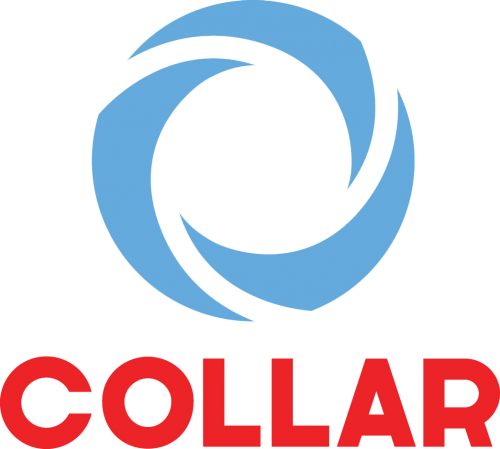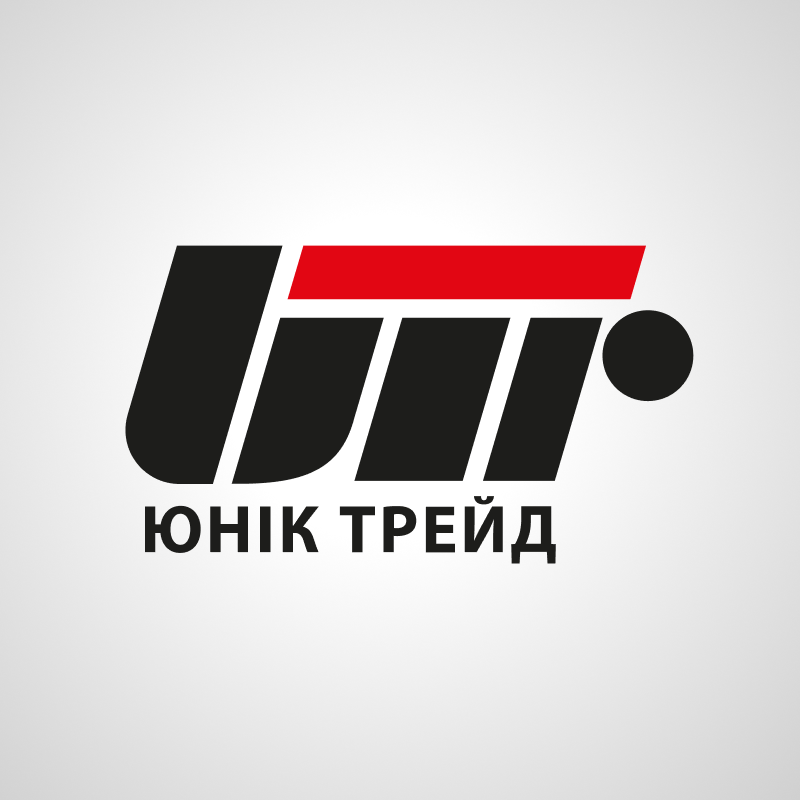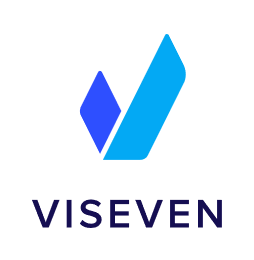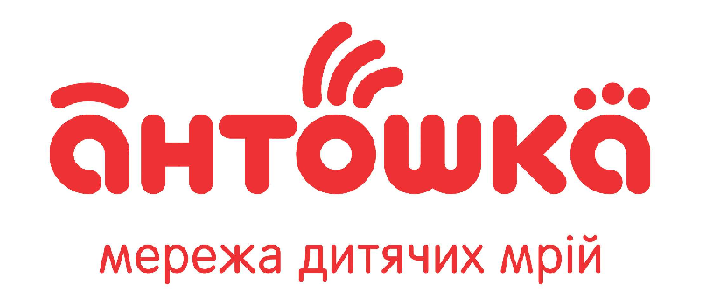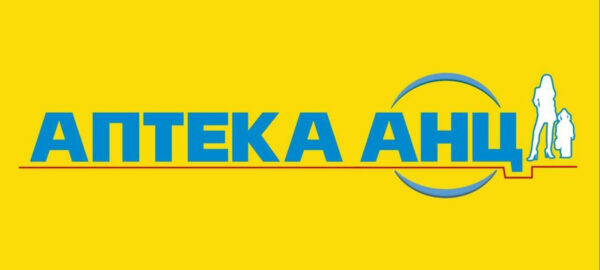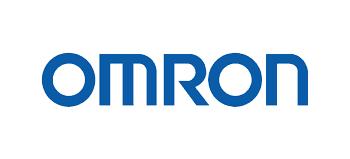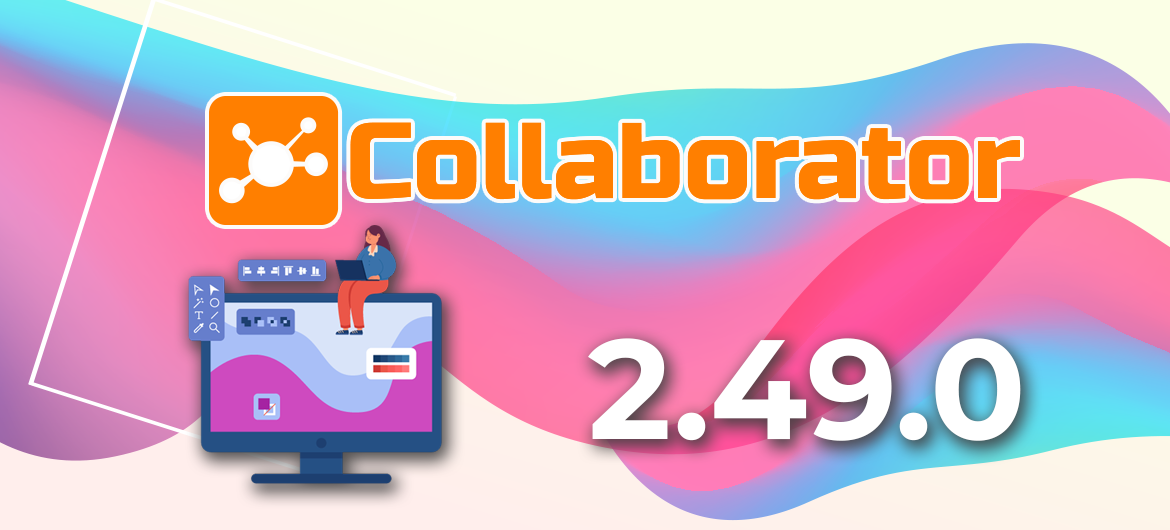
LMS Collaborator 2.49.0 – Creating learning content in the new editor, general statistics on completing tasks in the learning history, hiding the visibility of the user’s profile, and other updates
Meet the new version – LMS Collaborator v.2.49.0!
1. New capabilities of the visual editor
In one of the previous versions, we added a new visual editor for resource pages to LMS Collaborator – TinyMCE. This editor is now available for other types of learning content. Now you can use TinyMCE to create and edit quizzes, surveys, workshops, courses, meetups, webinars, programs, and complex tests.
In addition, we continue to expand the possibilities of creating and formatting content in TinyMCE. Now, in addition to the existing tools, the editor offers the following useful options: the ability to choose the style of texts, design templates, and insert resources.

TinyMCE editor
2. General statistics of completing tasks in the learning history
In LMS Collaborator, you can view detailed analytics of employee training. Track their dynamics, task completion status, and results. This data is collected in a separate “Learning history” report.
Now, the learning history will also display general statistics on the completion of tasks. This allows administrators and managers to evaluate and track an employee’s progress to get a more complete picture of their learning achievements.

3. New events in the security log
It is important for portal administrators and technical support to keep track of user actions and movements. To do this, LMS Collaborator has a Security log that displays all user actions related to changing their personal data in the system: updating, changing, and recovering a password, automatically blocking a user, changing account settings, etc.
Now the Security log will also record manual blocking and unblocking of user accounts by the administrator.

4. Mandatory commenting on the scale score in the survey
Feedback is an integral part of employee learning. And one of the most effective tools for collecting it is a survey. They can be short and concise or more detailed, depending on your needs.
LMS Collaborator allows you to use different rating scales in the survey. One of the most popular is a numerical one, where an employee can give his or her rating using points from the lowest to the highest. Since the perception of the scale depends on the respondent, a score of 5 on a scale from 1 to 10 can have different meanings for different people – from good to unacceptable. To ensure the accuracy of the final result and to get a true employee opinion, you can enable the mandatory comment feature for scale questions.

You can also specify a range of scores that the respondent will need to comment on.

5. Warning about the need to view the resource to the end
In LMS Collaborator, learning information is presented in the form of resources. Learning resources can be images, videos, text files of various formats, pages, presentations, etc.
Completion of such tasks is rated 100% if the user has viewed them to the end. For example, if an employee views only 5 slides of a presentation out of 10 and completes the task, the system will only score it at 50%.
To prevent situations when a user thinks they’ve completed a task after watching only part of a presentation, you can enable a reminder option in the resource settings.

When the user clicks the “Done” button during the process, the system will warn him or her to view the resource to the end.

6. Hiding the visibility of a user profile
Administrators can now hide the visibility of user profiles in public areas of the platform. Users whose profiles are hidden will not be displayed in chats, contact list, forums, and birthdays. In addition, this feature also blocks the possibility of selecting such a user as a mentor in an individual plan and a mentor in career development requests.
It allows administrators to maintain the privacy of some users and control access to their information in the system.

7. Improving the process of adding images to resources
To make learning resources visually interesting and easy to understand, you can add a variety of images to them. This will help employees better understand and memorize the information.
We have improved this process to make it even more convenient for you to work with resources. Now you don’t need to upload images in a separate window, you can do it right in the editor.

8. New message template for free response tests
In LMS Collaborator, you can create different types of tests, including free-response tests – users write their answers in writing without choosing the proposed options. Since it is impossible to automatically check the correctness of such answers, administrators evaluate them manually.
This process can be quite time-consuming, as administrators need to regularly monitor new responses in the system. To improve this process, we have added a new notification.
Now, whenever a new answer to a question appears, the system will send an email notification to the administrator. It will contain a link that they can click on and quickly check the employee’s answer.

Such emails will also be sent to managers and other users of the system who have access rights to check free answers.
Please note! The template for this message is enabled by default. If necessary, you can disable it yourself in the system settings – the “Message templates” page.
9. Career development requests – Display the person responsible for approving the request in the table
In addition to corporate training, LMS Collaborator also allows you to organize the career development of employees. With the help of the Requests for career development tool, managers can post a list of positions with a list of requirements for obtaining them. And employees, in turn, can apply for advanced learning and a new position.
We have updated the table with submitted requests for career development.
Now, in addition to basic information about the applicant, type, and status of the application, the table will also display the name and surname of the person responsible for approving the request.

It will help administrators easily find and contact colleagues who have the necessary information and authority to review the request. It will also facilitate coordination and speed up the decision-making process.
10. Catalog of tasks – Adding tasks to several categories of the catalog at the same time
In LMS Collaborator, you can add a variety of learning tasks to the Catalog, where users can view them and assign them to themselves. To make it easier to find tasks, categories are used to structure and group tasks by topic, type, or other parameters.
If a task covers several topics or aspects at once, you can add it to multiple categories. Once added, it will automatically become available for viewing in all selected catalog categories.

11. Deleting requests for external learning
In addition to internal learning, most companies also implement external training for their employees. They involve third-party experts, specialists, or organizations in this process. This is because external courses and trainings provide access to expert information that may be difficult or even impossible to obtain within the company.
LMS Collaborator facilitates the process of organizing external learning by recording and processing employee learning requests. All of them are recorded and stored in the system, which helps administrators easily track and manage the learning process.
Learn more about external learning in LMS Collaborator
There are situations when an employee accidentally creates a learning request or submits two identical requests for the same external course. To avoid confusion in the process, the administrator can delete outdated requests.

12. Work tasks – Delegation of work task subitems to different performers
With the help of LMS Collaborator’s Work tasks, you can assign various tasks and assignments to employees, monitor their implementation and deadlines.
Learn more about the “Work tasks” functionality
If the task is quite large-scale, for example, a new project that requires significant time to prepare and execute, you can assign several people to it. In this case, it’s important to clearly define the areas of responsibility and duties of each participant. To do this, you can divide tasks by delegating individual sub-tasks to different team members.

13. Service requests – Displaying request types in a table
The Service requests functionality of LMS Collaborator allows users to set up and automate business processes for processing requests between different service departments and divisions: IT, logistics, procurement, sales, marketing, HR, etc.
To automate the creation of requests, the portal administrator can configure their types – the algorithm of work. For each type of request, you can also configure the number of iterations that the request must go through for successful execution. This is convenient for processes that regularly occur in the company, such as the purchase of stationery, water, office treats, etc.
The type of request will be displayed in the table of submitted requests, as well as in the report. This will allow you to filter requests, track their progress, and quickly find the information you need.

14. Gift shop – A note about the purchased gift in the store
In LMS Collaborator 2.47.0, we introduced a new functionality – the Gift shop. This is a tool that allows you to additionally reward and motivate employees to learn.
How does it work?
In addition to points, employees also receive bonuses, an internal learning currency, for completing tasks. Once they have accumulated the required number of bonuses, they can exchange them for a gift of their choice in the store.
You can personally determine the number of bonuses that will be awarded for each task and fill the store with the necessary gifts.
Read how to open the Gift shop here
The system collects data on which gifts users have purchased. To avoid mistaken re-purchase, when an employee clicks “buy”, they will now be shown a note about whether the gift has been purchased:

15. Improving work with Active Directory
LMS Collaborator підтримує інтеграцію з багатьма сервісами, зокрема з системи для керування ідентифікацією та доступом MS Active Directory та MS Azure Active Directory.
The full list of integrations can be found here.
- Integration of LMS with such systems provides a number of advantages:
- Convenience of authentication (Single Sign-On, SSO).
- Centralized management of access to learning resources.
- Automated synchronization of user data between the LMS and a centralized identity management system.
- The ability to use authentication protocols, two-factor authentication, and other means.
- Simplified user management, account creation and deletion.
In this version, we continue to improve the integration with LMS Collaborator. Now you can integrate your learning portal with several MS Active Directories at the same time. This allows you to provide more flexible and advanced access control to learning resources for different groups of users. For example, if your company has several divisions or uses different Active Directory servers for different target groups, you can integrate LMS Collaborator with each of them.
In addition, on the Active Directory integration page, you can set the correspondence of a user’s role in the system to a specific group in Active Directory. This means that when importing users, the system will automatically check which Active Directory group they belong to and assign them the appropriate role in LMS Collaborator.
Read about the previous version of LMS Collaborator 2.48.0 here


